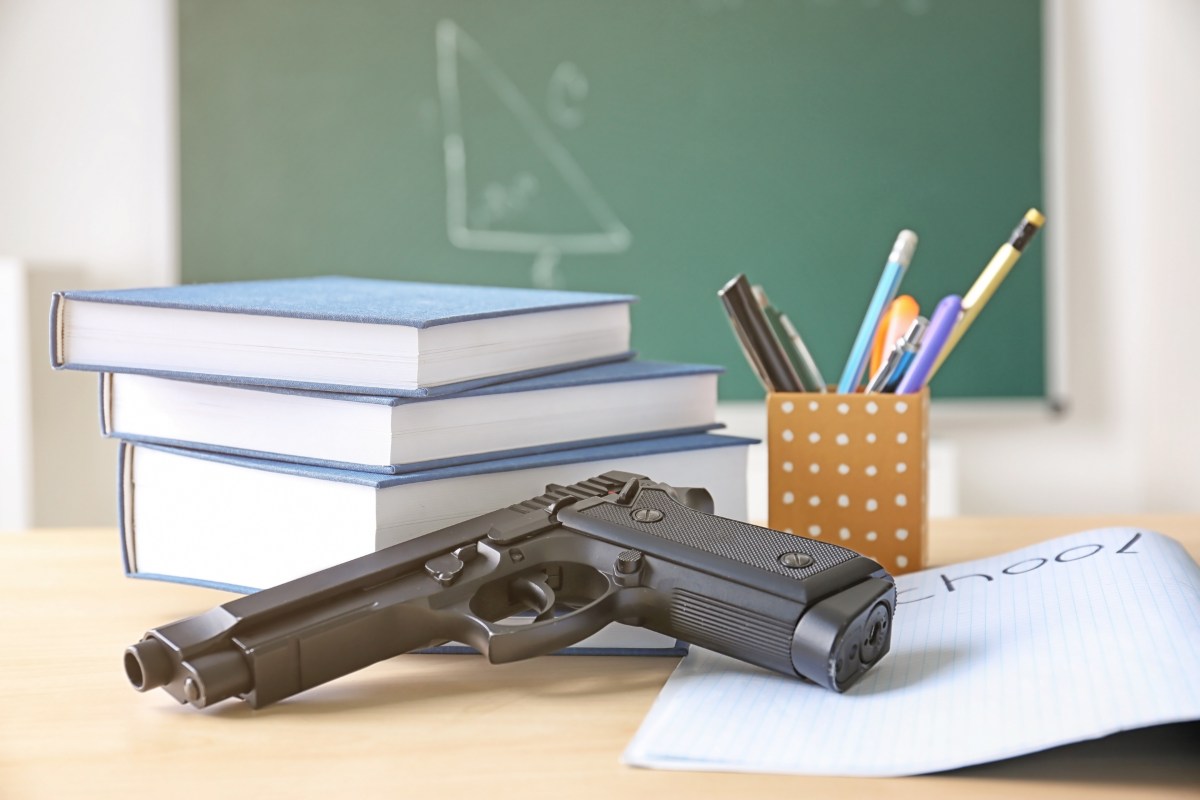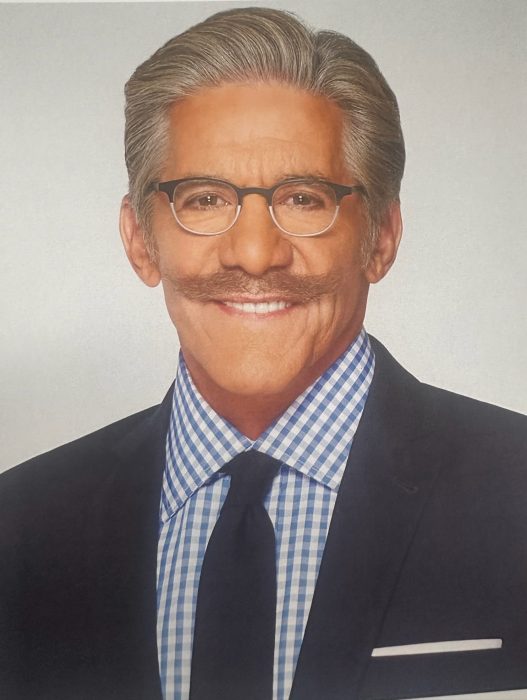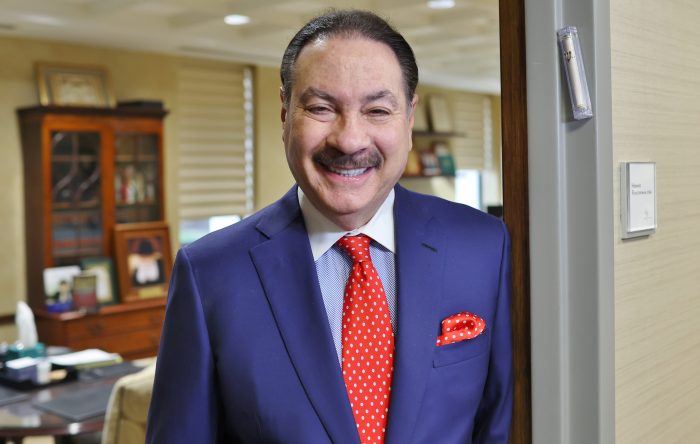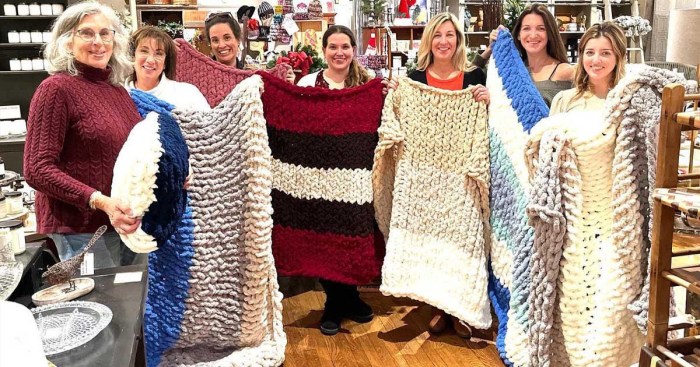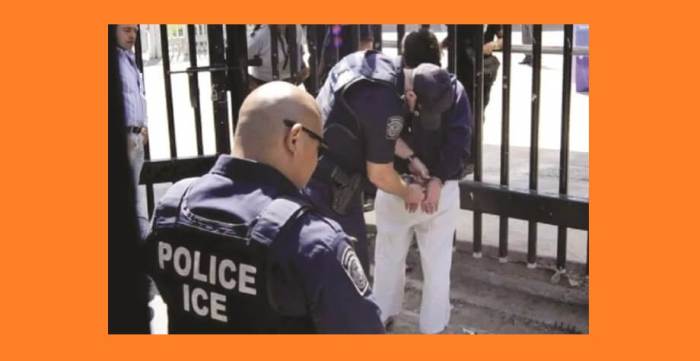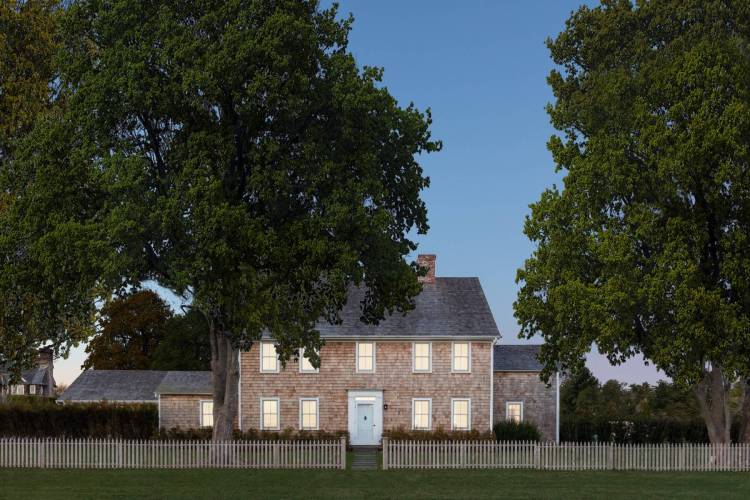In my talks with youth at both my church and in the schools where I work, the response to the proposal to arm teachers has been the same: The idea of teachers having guns is scary.
Teachers play an integral role in the development of young people. Students spend more time at school and with their teachers than they do at home with their families. Not all teachers are made equally; some genuinely care about their students while others have unresolved personal issues that could result in more harm than good.
Many teachers, like police officers, are coming from neighborhoods unlike the ones they teach in. Their neighborhoods are not full of minorities. Too often teachers have implicit biases about the kids they are brought in to nourish. These implicit biases can make giving their guns lethal because they are afraid of their students.
What does the presence of weapons in schools teach our young people? It says that any time there is a problem it can be remedied with violence. We need to remedy the real problem, which is our ignorance of the very real struggles our young people are having with mental health issues and/or with such everyday issues as poverty, discrimination, bullying, or dysfunctional home situations.
They suffer alone as teachers with untrained eyes look on and wonder what went wrong when another school shooting happens. Young people are not masters of disguise; they cry for help and we as a society are ignoring them.
I find it outrageous that we as a country would entertain the idea of arming teachers to keep our kids safe. Teachers call young people names that are “easier” to pronounce. They ignore cultural norms and write them off as foreign and unimportant, thus doing their students a disservice because they are overworked and under-supported. We can train teachers to aim and fire on a child, but we can’t teach them to be culturally competent?
Some of our young people are coming from war zones in our own backyard. School is their safe haven. It’s where they do not have to worry. The moment we give teachers (and other school personnel) guns, we take that security away from them.
We need to invest less in guns and more in providing professional counselors for schools, trained teachers who notice signs of young people in distress, and a process for supporting troubled youth whether in school or out. That means policy changes: limitations on access to guns and the end of in-school or out of school detention are just two examples of such changes that are likely to result in dramatic declines school shootings and other violence.
Lastly, we need to stop and look at where we are policing our young people. Black and brown kids have grown up walking through metal detectors and being searched as they enter school, but time and time again we see it’s not they who are committing the atrocities that have spurred this conversation.
We need to stop being selective and recognize that this can happen anywhere. That means no child should be able to purchase or have access to a gun, military style or otherwise. We need policies that protect our young people and ensure that our schools again become places of creativity, engagement, personal growth, and educational opportunity.
Maya Faison attended New York City schools and now works in four schools as a teacher-trainer for Global Kids, Inc.



